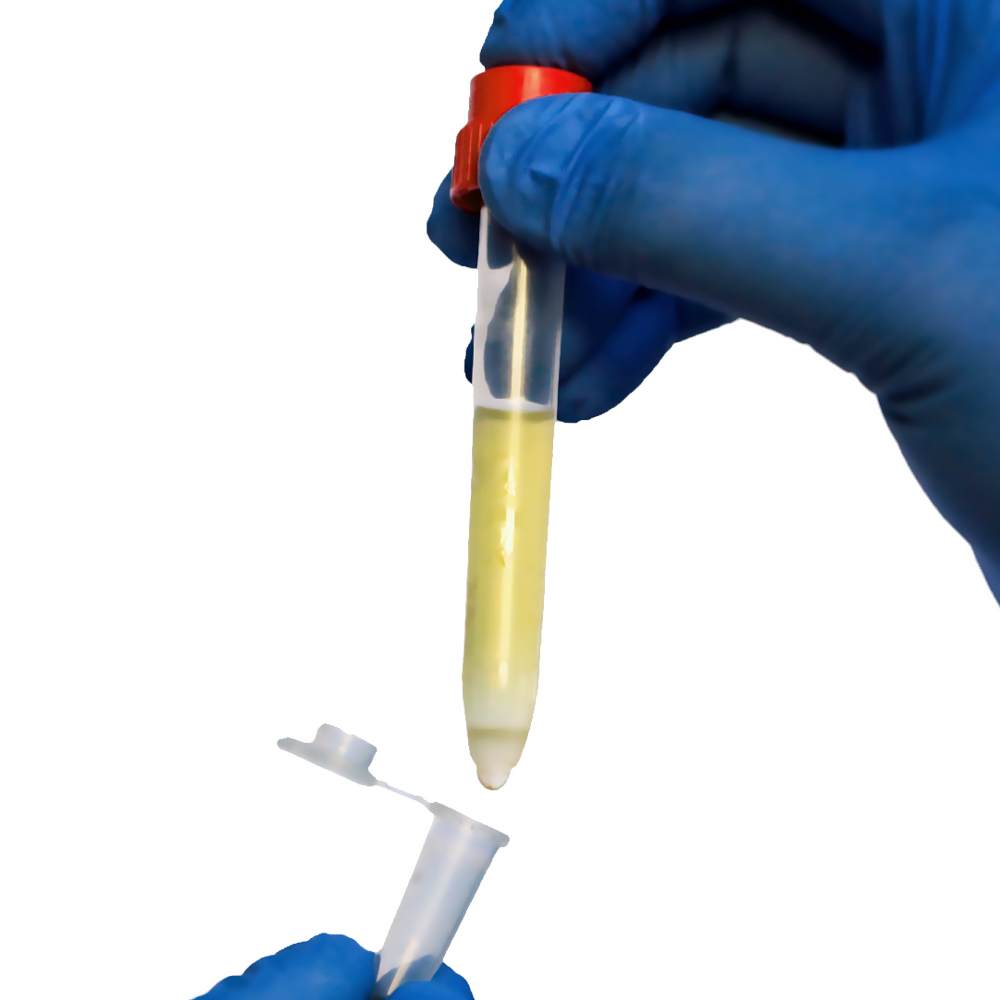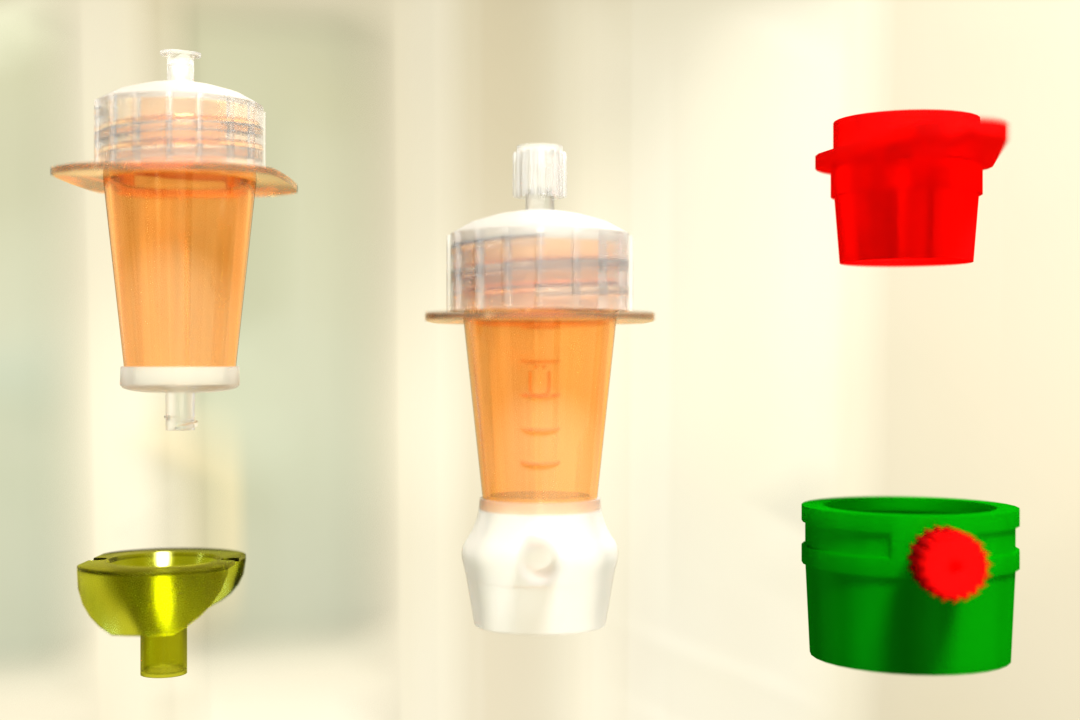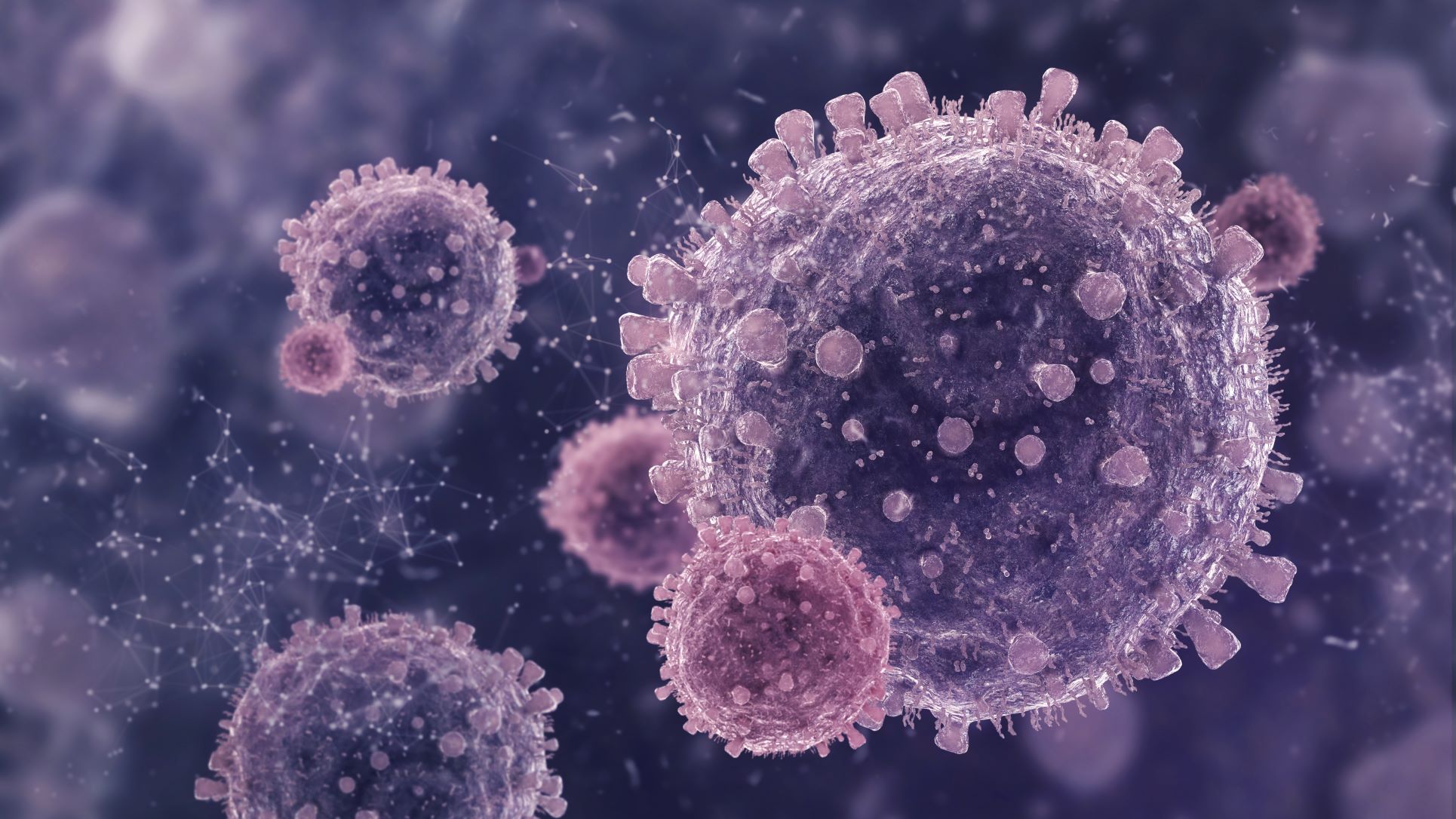The stages of cell death differ depending on how a cell dies. When it comes to cell death, there are two main types to consider: Necrosis Vs. Apoptosis. Each of these involves a distinct process and has a distinct impact on the rest of the body.It holds utmost significance for researchers and they must choose the best Cell Separation technologies to get high-quality results.
What is Cell Apoptosis?
Apoptosis, or programmed cell death, is a normal growth and development mechanism within an organism. Because the cell participates in its own death, this process is also known as “cellular suicide.” Apoptosis contributes to the balance of cell multiplication. Uncontrolled cell growth will result in tumors and other problems if cells continue to reproduce without apoptosis.
What Causes Apoptosis?
Apoptosis is also known as programmed cell death because it is usually triggered by self-generated signals within a cell. It is a normal part of the cell cycle that begins with mitosis in cell reproduction. Caspases, enzymes found in all cells that cleave specific proteins to initiate cell death, mediate this process.
Apoptosis Steps
Apoptosis occurs in a gentle and controlled manner that has no negative impact on surrounding cells. A cell will expel moisture in order to dry out and condense until fragmentation occurs. Because the cell does not release into the extracellular environment, there are no morphological changes. Apoptotic bodies are small vesicles that form to transport the contents of the cell elsewhere. This enables cells to die gently and without causing inflammation. Apoptosis is signaled by chromatin condensation in a cell’s nucleus. This allows scientists to determine whether a cell is dying naturally or unnaturally.
What is Cell Necrosis?
Necrosis is a type of cell death that occurs when cells are exposed to extreme conditions. Cells may sustain damage to their internal environment when not under normal conditions. Tissues may deteriorate quickly and harshly. As a result, necrosis is commonly defined as unintentional cell death.
Causes of Necrotic Cell Death
External factors influencing the physiology of cells in the body cause necrosis. The following are some examples of necrotic cell death causes:
- Bacterial infection – Bacteria are microscopic organisms that can cause infections in the body if they enter through an airway or an open wound. They may be responsible for a variety of illnesses linked to unplanned cell death.
- Fungal infection – A fungus infection, also known as mycosis, occurs when any fungus infiltrates human tissues. This could result in skin or internal system diseases, as well as unprogrammed cell death.
- Pancreatitis – Pancreatitis is an inflammation of the pancreas, a gland in the body that helps regulate hormones and digestion.
- Protein denaturation – Protein denaturation occurs when weak bonds in proteins break down, causing the cells’ ability to function properly to suffer.
Apoptosis Vs. Necrosis
While both necrosis and apoptosis are mechanisms involved in multicellular organism cell death, they can be distinguished in a variety of ways. Apoptosis is regarded as a naturally occurring process, whereas necrosis is regarded as a pathological process. Pathological processes are often unregulated and are caused by toxins, infections, or traumas. Apoptosis is controlled and timely, making it predictable and beneficial to the host.
Read Also: T Cell Isolation:A Comprehensive Guide to the Key Components
The distinction between apoptosis and necrosis is also visible in the following factors:
- Process – Apoptosis is characterized by the shrinking of the cytoplasm, which results in the condensation of the nucleus. Necrosis occurs when the cytoplasm and mitochondria swell, resulting in cell lysis or a rupture in the cell membrane.
- Membrane Integrity – Blebbing is a defining feature of apoptosis. Blebbing occurs when a cell’s cytoskeleton degrades and the membrane bulges outward. Apoptotic blebs can form when cytoplasmic capsules detach from dying cells. This has no effect on the membrane’s integrity. The integrity of the membrane is loosened and thus significantly reduced, if not completely lost, during necrosis.
- Organelle Behavior – Organelles can continue to function even after a cell has died due to apoptosis. Organelles swell and disintegrate during necrotic cell death. After necrosis, organelles are no longer functional.
- Scope of Affected Cells – Apoptosis is a localized process that only destroys individual or single cells. Necrosis can spread to affect adjacent cell groups, causing damage beyond the initial site.
- Bodily Influence – Apoptosis is involved in controlling cell numbers and is frequently beneficial. Apoptosis, on the other hand, can cause diseases if it becomes abnormal in either direction. Necrosis, on the other hand, is always harmful and, if left untreated, can be fatal.
In essence, apoptosis is planned cell death in which the cell actively destroys itself in order to maintain body functionality. Necrosis is an unintentional or unplanned cell death caused by the cell’s external environment, which impedes or interferes with body functions or health.
Dangers of Cell Death in a Sample
Cell enrichment assays can be hampered by both Necrosis & Apoptosis. The goal of studying a cell population is to collect as many healthy target cells as possible. Damaged cells do not behave the same as healthy cells and thus produce insufficient results. When collecting and storing cell samples, the longer a cell is kept outside of its preferred environment, the more likely it will die from necrosis. Cells can swell and die as a result of external factors. Dead cells can clump and cause more cell death in the surrounding population when using traditional cell separation methods such as magnetic-based cell sorting.
It is critical to follow protocols, use gentle cell separation methods, and use additional products for increased downstream accuracy to maintain cell health and purity during cell separation assays.
Harnessing Pluriselect’s Innovative Technology: Plurispin and PluriBead
The first method for reducing cell death is to use a gentler isolation method. Traditional separation technologies, such as magnetic bead-based sorting, can be harsh on cells and result in less-than-desirable outcomes. Let’s see what Plurispin and PluriBead can do for us.
Plurispin
The pluriSpin system is a new negative cell isolation technology that can be used to isolate cells directly from whole blood, buffy coat, or cord blood. This new method isolates viable, untouched, and highly purified cells in a single step without the use of magnets or a column. As a result, there is less chance of activating or damaging the cells of interest.
PluriBead
PluriBead is a unique cell separation technology that does not rely on magnetic components. The steps are straightforward: Your pluriBeads (containing bound target cells) are sieved through a strainer; the pluriBeads containing your target cells remain on top, while the unwanted cells pass through. You have your target cells ready after detaching.
Ready to get started?
Stop wasting your valuable samples on inefficient processes and see the difference for yourself. Pluriselect’s innovative technology provides an incredibly fast, simple workflow that allows you to confidently move to downstream processing.
Reference:
Science Direct
 English
English French
French
 German
German
 Spanish
Spanish
 Belgium
Belgium
 Italian
Italian Brazil
Brazil Chinese Mandarin
Chinese Mandarin




